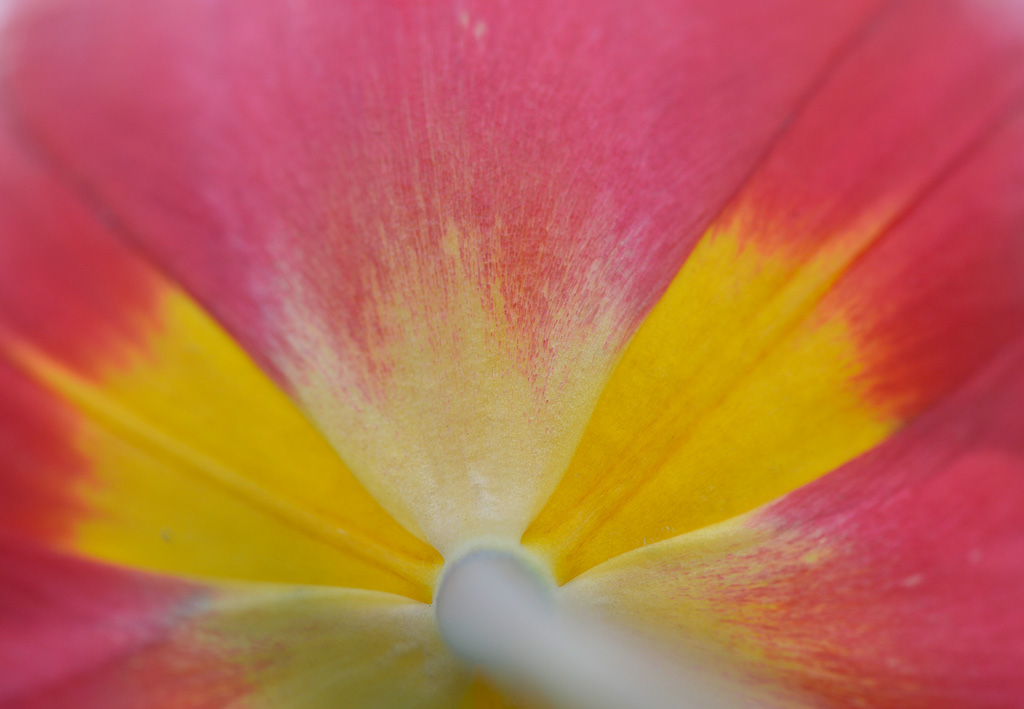I was quite unlucky with weather during the bloom of these beautiful wild tulips in steppes this year. It was plain and boring from sunrise to sunset. At times very windy. When it was calm I was improvising with macro-photography. I hope that these pictures at least partially will show you how beautiful are the colors of spring steppes.
"
In mid-spring, tulips (Tulipa shrenkii, T. biebersteiniana) bloom red across the low green hills of the Manych Valley. In fact, the tulips that are grown in Holland today and popular around the world originated from the Manych Valley.
The first flowers first traveled to Turkey in the 17th century, where
they earned the name of the Turkish tulip, then went on to conquer
Europe and the world. Yet, the Shrenk’s tulip is highly endangered in
its place of origin.
Tulips flower on a green backdrop of fescue (Festuca valesiaca) and feathergrass (Stipa lessingiana, S. capillata, S. ucrainica, S. pulcherima)
steppe communities, which make up the majority of the plant cover in
the zapovednik. Islands are covered with tall grasses and flowers with
purple, pink, yellow, white, and red blossoms. Hair-like feathergrass (Agropyron pectinatum), sea lavender (Limonium sareptanum), and sagebrush (Artemisia austriaca) are common in valley steppe habitats, while low shrubs (Kochia prostrata, Artemesia lerchiana, A. pauciflora, A. santonica) are found in drier areas. Austrian flax (Linum austriacum) is common in areas. Patches of desert are found in places that were subject to overgrazing or other human impacts.
Two species of feathergrass (
Stipa zalesskii, S. ucrainica)
, Shrenk’s tulip, and meadow saffron (
Colchicum laetum)
are some of the endangered plants in the reserve listed in the Russian
Red Book. In all, there are 384 species of vascular plants in the
zapovednik, representing 54 families. "
Source:
http://www.wild-russia.org/bioregion3/Rostovsky/3_rostov.htm#sect1
Original post:
http://shpilenok.livejournal.com/182602.html





















































